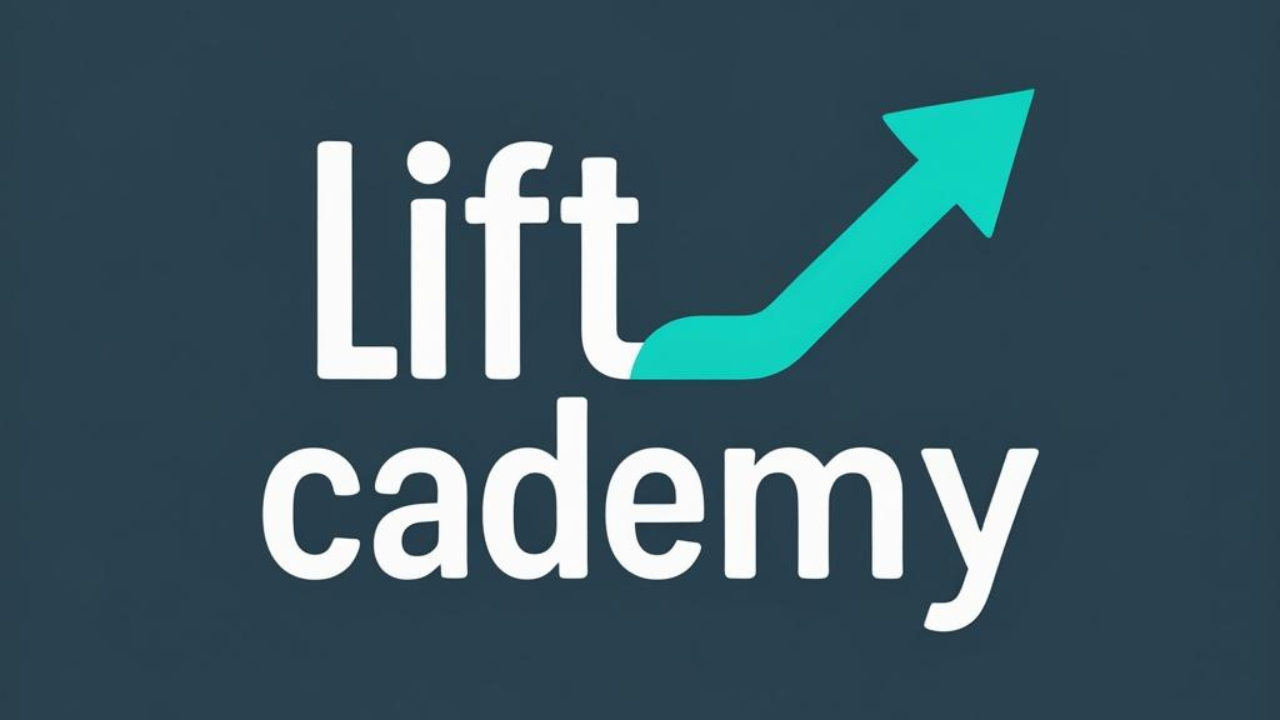Hi doctor,
In this lesson, I want to walk you through my approach to treating nasolabial folds using thread lifting. This is an area that so many patients come in concerned about — and while dermal fillers are often used, threads offer a different, very powerful solution when used correctly.
We’re going to look at when threads make sense, how I plan them, where I place them, and how to avoid common mistakes — all based on real clinical experience.
Let’s get into it.
🧠 Understanding the Cause of Nasolabial Folds
Before we treat, we need to understand what causes the fold. And here’s the key:
The nasolabial fold is not just a crease — it’s a result of tissue descent and volume loss over time.
It becomes more pronounced when:
- The malar fat pad shifts downward
- The ligamentous structure weakens
- The cheek loses volume and support
- There’s repeated muscle movement from expression
So while filler can help soften the appearance, we’re not always addressing the root cause. And this is where threads can shine — by lifting and repositioning the soft tissue that’s causing the fold in the first place.
✅ When Do I Use Threads for Nasolabial Folds?
I consider thread lifting for this area when:
- The patient has early to moderate fold depth
- There’s visible sagging in the mid or lower cheek
- The patient wants natural lift without adding volume
- You want to avoid heaviness from filler
- The skin quality is still good (no excessive laxity or fibrosis)
This technique works especially well for patients who already have midface volume but need better tissue positioning.
🧭 The Thread Vector Plan
Here’s how I think about this treatment:
I’m not placing threads into the fold.
Instead, I’m lifting tissue away from it.
The goal is to reposition the cheek and redistribute tissue tension so the fold softens naturally.
I typically use:
- A pair of threads per side, entering laterally
- Vectors directed upward and slightly posterior
- Anchored toward the temporal or preauricular region
This lifts the cheek fat pad and fascia, which then pulls tension off the nasolabial fold, improving contour without injecting into the line directly.
💉 What Threads Do I Use?
I use:
- Barbed threads (either bidirectional or unidirectional) for grip and tissue traction
- Threads long enough to cross the cheek from lateral entry toward the nasolabial region
- PDO or PCL material, depending on the patient’s desired longevity and collagen stimulation
I prefer threads with strong barbs that hold tissue during lift and integrate well over time.
✍️ Placement Technique
Here’s the general approach I take:
- Mark the vector line while the patient is upright — usually from near the nasolabial fold diagonally upward toward the temporal area.
- Use a 25G or 23G cannula for better control and reduced trauma.
- Create a small entry point with a needle and insert the thread into the subcutaneous plane — deep enough for anchoring, but not too close to the dermis.
- Advance the thread along your marked vector with gentle, steady pressure. Once it reaches the endpoint near the fold area, I retract slowly to create tension.
- After placing 1–2 threads per side, I gently compress and mold the lifted tissue upward and slightly posterior, never toward the nose.
This gives that natural elevation to the cheek and midface, indirectly improving the fold without any bulk or stiffness.
📋 Post-Care Instructions
After thread placement, I advise:
- Sleep on the back for at least 3–5 nights
- Avoid extreme expressions (chewing, laughing hard) for a few days
- No face massage, dental work, or facial treatments for 2 weeks
- Mild bruising or tightness is normal and usually resolves in a few days
I always explain that results improve over 2–4 weeks, as collagen forms and the tissue settles.
🔐 Mistakes to Avoid
Let me highlight a few things to avoid when working around the nasolabial area:
- Don’t inject threads directly into the fold — it won’t lift, and it increases complication risk
- Don’t overtighten — it can cause pulling near the nose or asymmetry
- Don’t use threads too superficial — this can lead to rippling or visibility
- Don’t skip assessing the cheeks — if there’s no midface support, the lift won’t hold
Thread lifting should never replace good facial assessment. It should enhance it.
👨⚕️ Final Thoughts
Thread lifting for nasolabial folds is not about chasing lines — it’s about repositioning tissue in the right vector, at the right depth, using the right threads.
When you do it properly, you get a natural softening of the fold, improvement in midface shape, and a refreshed look without adding volume or weight to the face.
Always remember: the fold is a symptom. Lift the cause, not just the crease.
🎓 Want to See How I Do It Step-by-Step?
In my complete video course, I walk you through:
- Live cases of nasolabial fold thread lifts
- My exact thread choices and why I use them
- Vector markings, entry points, and anchoring strategies
- Real before-and-after results
- My protocol for combining threads with filler or skin boosters when needed
All online, no hands-on training required.
👉 Click here to access the full course:
🔗 Join the Nasolabial Thread Lifting Module (Insert your Kajabi course link)
Let’s create natural, lifted results — not just filled ones — with technique that’s clear, safe, and effective.
